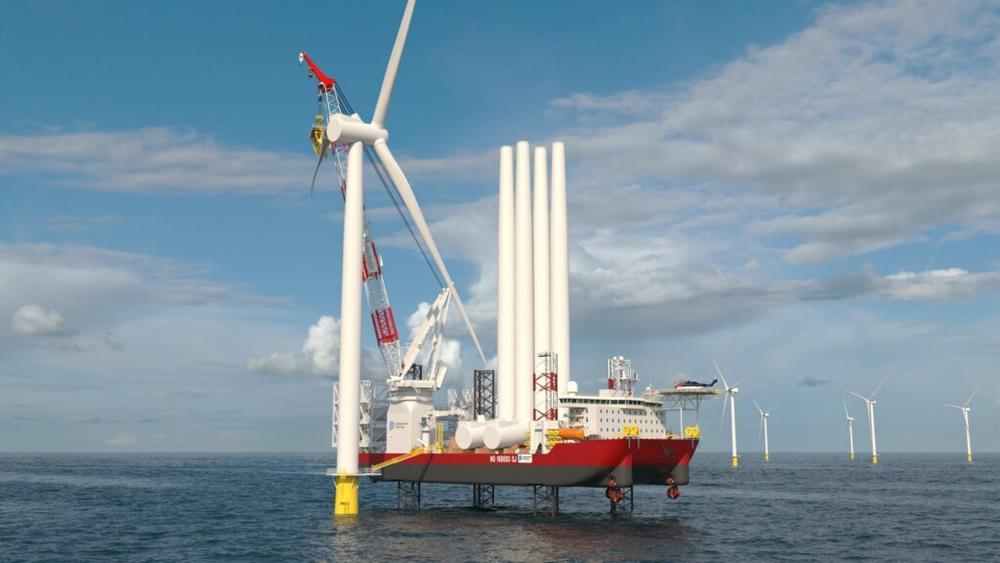
Caption
As part of an agenda meant to move the United States away from fossil fuels and toward sustainable energy sources, a House reconciliation bill would reestablish the federal government’s authority to hold lease sales for offshore wind development off the coast of Georgia and other Atlantic states.
Credit: Dominion Energy

